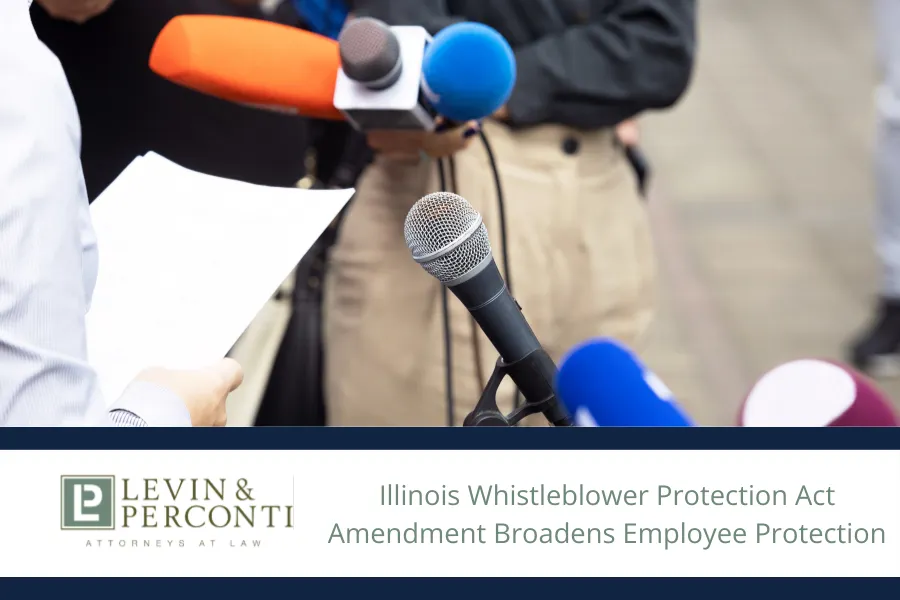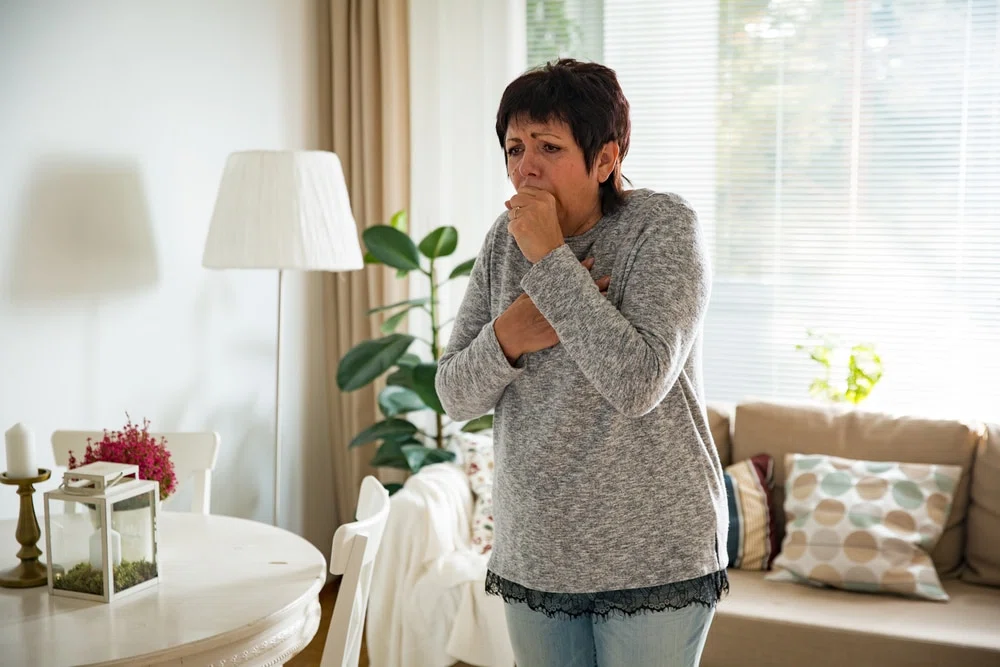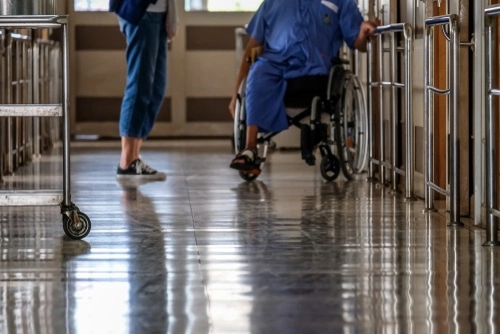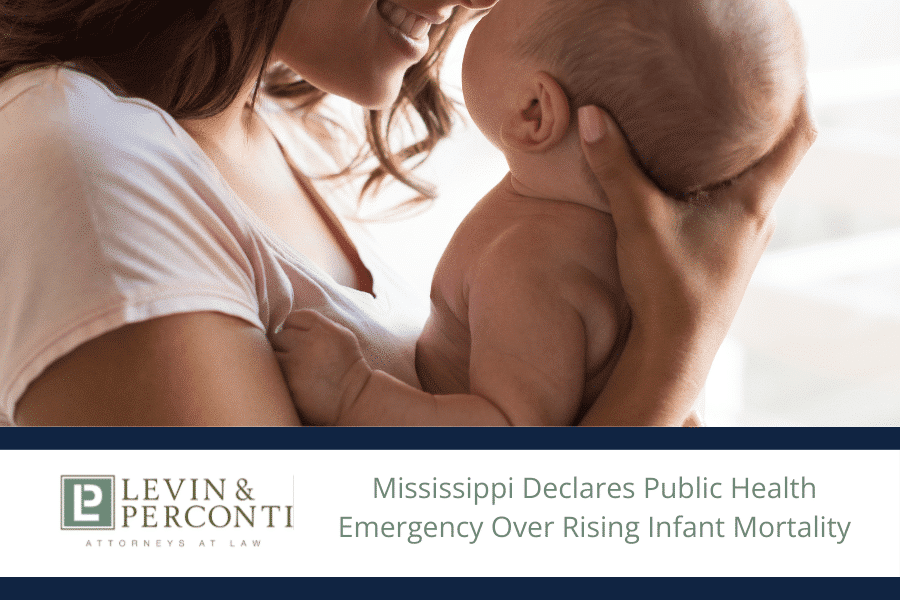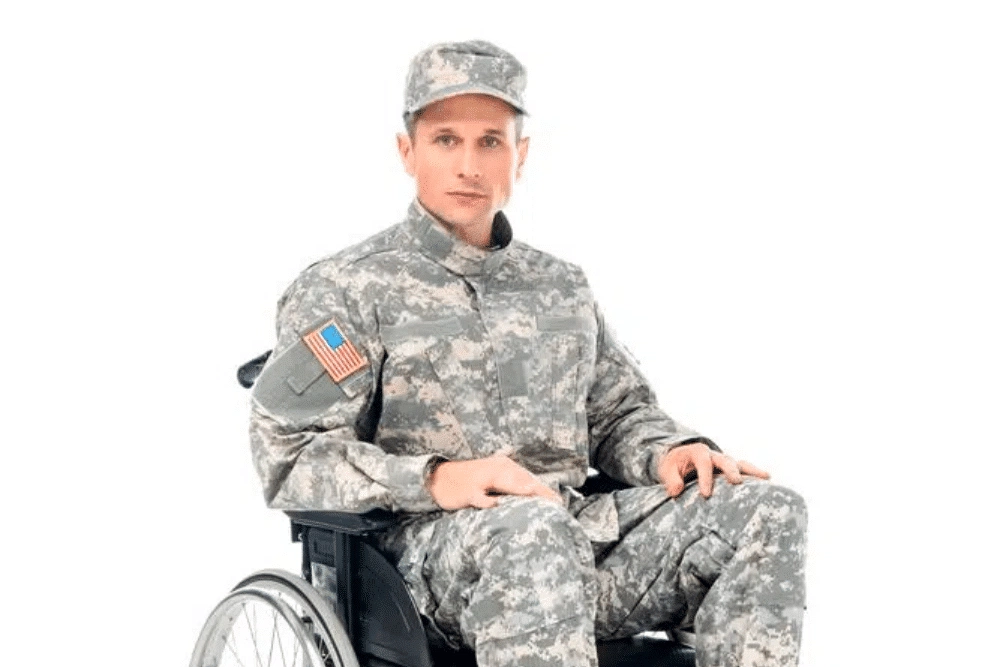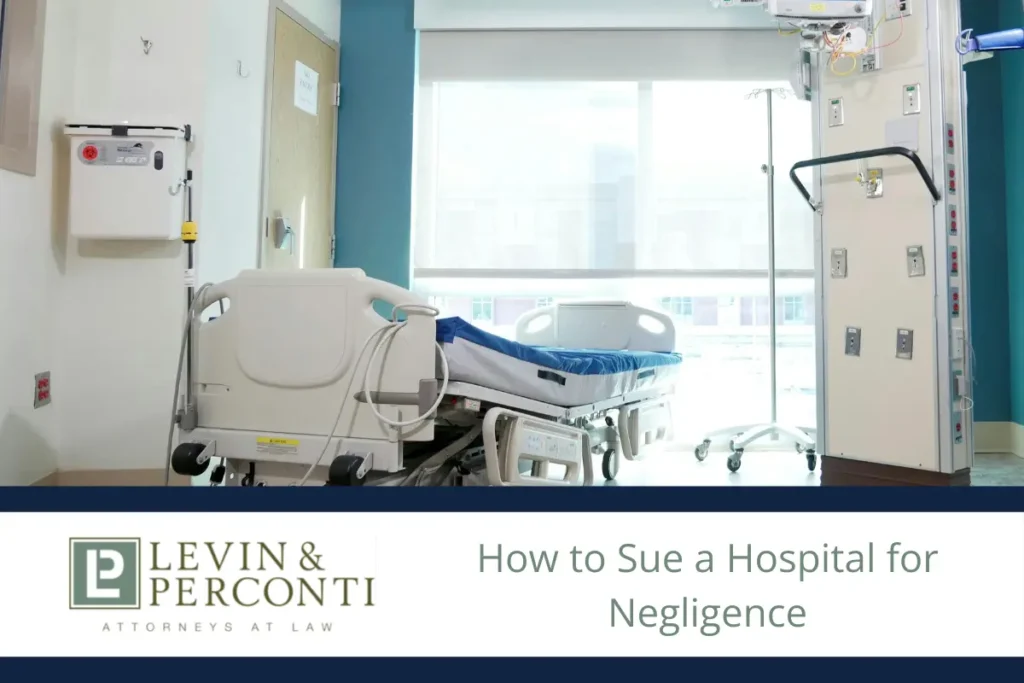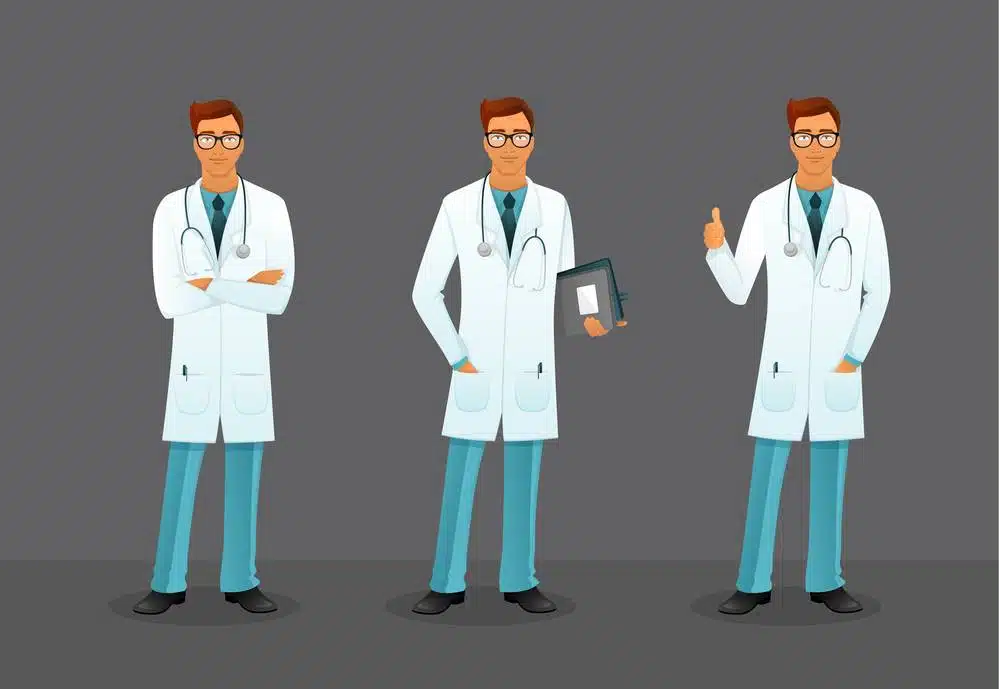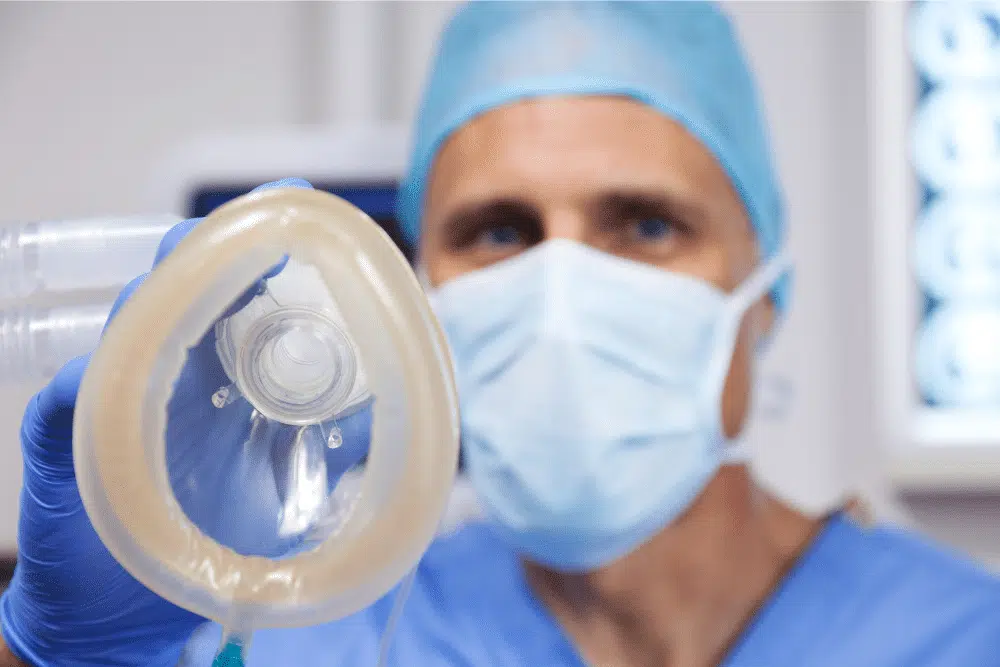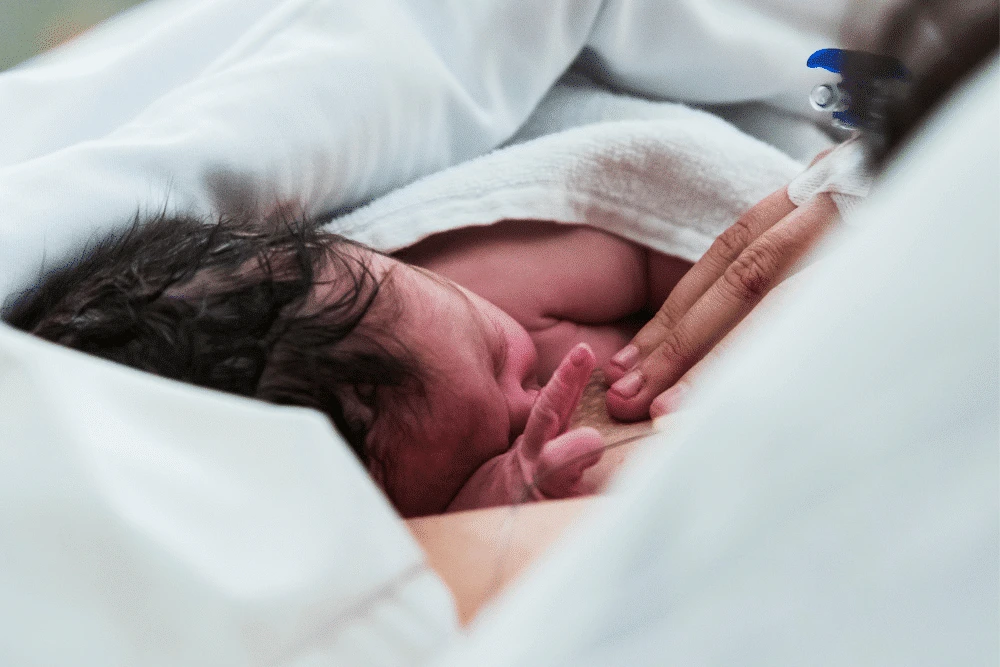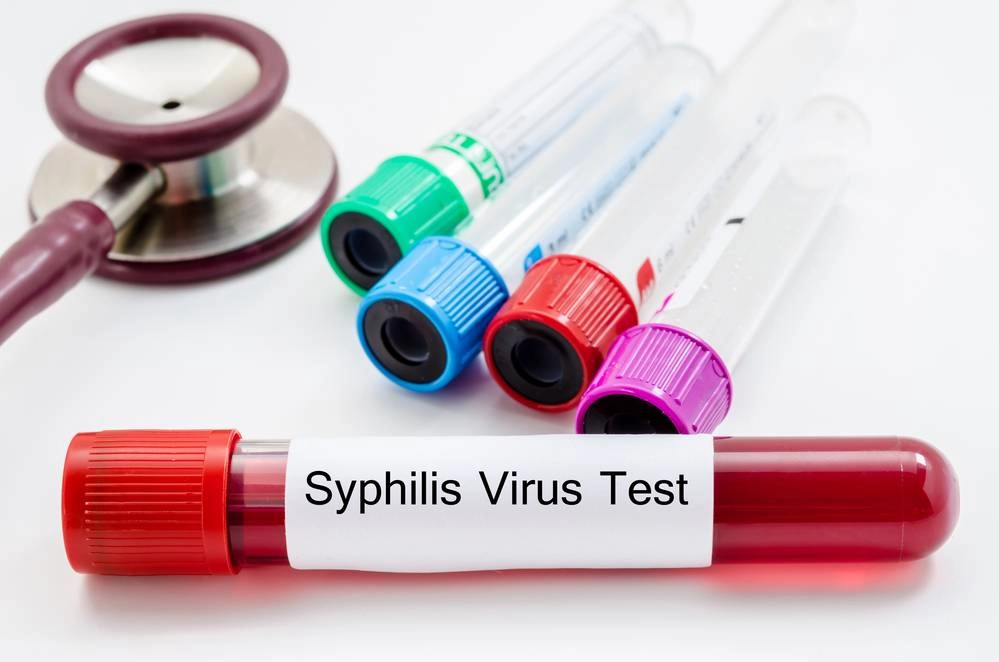Chicago Spastic Cerebral Palsy Lawyer
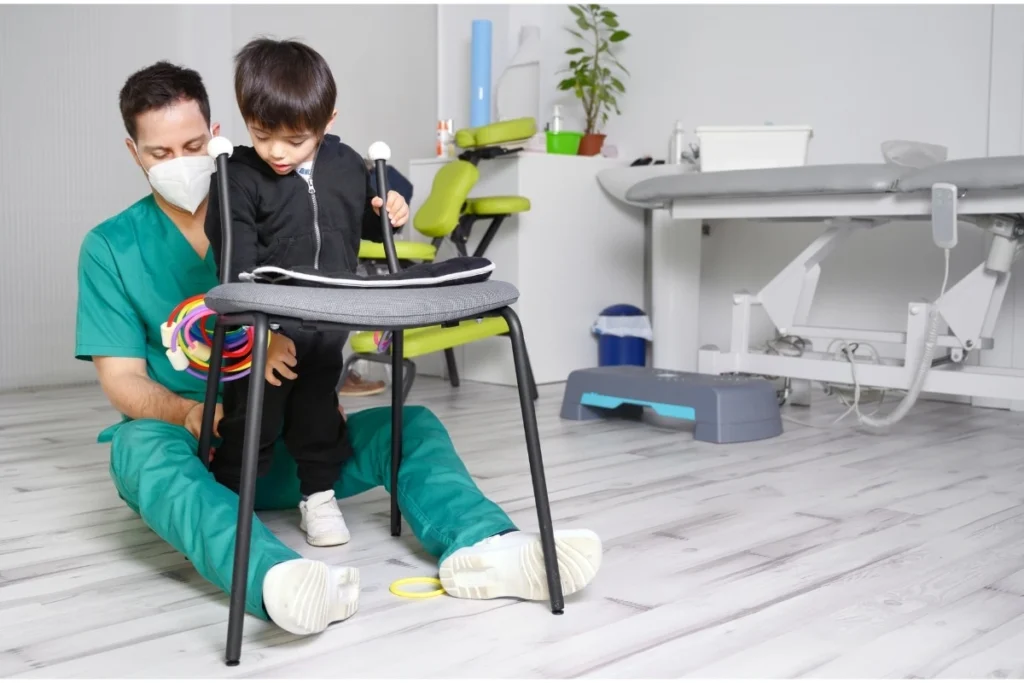
Spastic cerebral palsy is a movement disorder characterized by excessive muscle tone, resulting in stiffness in the affected limbs and sometimes the trunk and face. It is caused by damage to the movement center in the brain, often as a result of a preventable birth injury. If your child has cerebral palsy, medical malpractice may be to blame. Our nationally acclaimed cerebral palsy lawyers can help you hold negligent health care providers accountable.
Home | Chicago Birth Injury Lawyer | Chicago Cerebral Palsy Lawyer | Chicago Spastic Cerebral Palsy Lawyer
Quick Links
- How can Levin & Perconti Help If my child Has Spastic Cerebral Palsy From a Birth Injury?
- Past Client Testimonials
- What Causes Spastic Cerebral Palsy?
- Legal FAQs About Spastic Cerebral Palsy
- Spastic Cerebral Palsy Symptoms
- How Is Spastic Cerebral Palsy Diagnosed?
- Spastic Cerebral Palsy Treatment
- Resources for Parents and Caregivers of Children with Spastic Cerebral Palsy
- Contact our Chicago Spastic Cerebral Palsy Lawyer
Spastic cerebral palsy is the most common type of cerebral palsy. Approximately 80 percent of children with cerebral palsy have this type, according to the CDC. Children with spastic cerebral palsy experience excessive muscle tone, known as spasticity, which can result in paralysis, weakness, pain, and difficulties with speech and swallowing.
Spastic cerebral palsy is classified into sub-types based on which parts of the body are affected. The three sub-types are as follows:
- Spastic hemiplegia – spasticity in the arms and legs on one side of the body
- Spastic diplegia – spasticity in both legs but not in the arms
- Spastic quadriplegia – spasticity in all four limbs and the trunk
These types are also known as spastic hemiparesis, spastic diparesis, and spastic quadriparesis. The difference between plegia and paresis is the degree of the loss of use of that limb. Plegia refers to complete loss of use or paralysis, while paresis refers to partial loss of use or weakness. However, the terms are often used interchangeably.
There is no cure for spastic cerebral palsy, but early intervention can reduce spasticity. Ongoing treatment can prevent permanent complications such as bone deformities and scoliosis, which are common in children with spastic cerebral palsy.
Children with spastic cerebral palsy have special needs that can cost parents significant time and money. Medical malpractice before, during, or shortly after birth may be to blame. Our Chicago cerebral palsy lawyers can help you pursue significant financial damages in a birth injury lawsuit if your child’s cerebral palsy is the result of medical negligence.
How can Levin & Perconti Help If my child Has Spastic Cerebral Palsy From a Birth Injury?
We have more than 30 years of experience advocating for children with cerebral palsy and helping parents get justice against negligent health care providers. As one of the first law firms in the nation to file cerebral palsy lawsuits, we have won more than $2 billion in compensation for our clients, and our record-setting birth injury case results often make the headlines.
When you reach out to us, one of our experienced medical malpractice lawyers in Chicago will provide free legal advice and a confidential review of your case. If we accept your case, we will handle all the legal details, keep you informed, and fight for you to receive maximum compensation. We will never settle for less than you deserve.
Our accomplished cerebral palsy lawyers will fight for you in court if necessary. You will have personalized advocacy from renowned birth injury attorneys such as Dov Apfel, a nationally recognized child advocate with over forty years of experience helping families get justice against negligent health care providers.
We give our clients a personalized experience, and you will know immediately that our attorneys care and are passionate about maximizing your outcome. Below are a few examples of the client testimonials we regularly receive:
Past Client Testimonials
Don’t take our word for it. Hear from some of the medical malpractice victims we’ve helped:



What Causes Spastic Cerebral Palsy?
Spastic cerebral palsy results from an injury to the upper motor neurons in the central nervous system. Neurons are information messengers in the brain. When they are damaged, the brain’s ability to communicate with the spinal cord is impaired. This reduces the spinal cord’s ability to control hyperactive reflexes in the nerve pathways, allowing muscles to involuntarily stay contracted.
This damage is most commonly found in the brain’s white matter and is irreversible.
Children born prematurely or with a low birth weight are at higher risk of developing spastic cerebral palsy because they have a greater likelihood of experiencing complications during birth. However, infants born at term may also experience complications that give rise to cerebral palsy.
Oxygen Deprivation
The type of brain damage that may cause cerebral palsy can happen during pregnancy, labor, delivery, or shortly after birth. It most commonly occurs when medical errors deprive the brain of oxygen. Oxygen deprivation during birth may occur as a result of problems with the umbilical cord, infections, uterine rupture, breech presentation, and improper birthing techniques by doctors and midwives.
Oxygen deprivation may occur as hypoxia or asphyxia. Hypoxia is an insufficient supply of oxygen, and asphyxia is total oxygen deprivation. While asphyxia is more serious, both hypoxia and asphyxia have the potential to cause brain damage and lead to spastic cerebral palsy.
Complications during birth are often preventable. Even in rare cases when a complication cannot be prevented, cerebral palsy need not be an inevitable result. Healthcare providers receive training to promptly detect emergencies and take swift action. They are liable when a baby develops spastic cerebral palsy because they failed to adequately draw on their training and take the necessary action.
Medical errors that may lead to oxygen deprivation during birth include the following:
- Failure to perform a timely C-section
- Mismanagement of a breech presentation
- Improper management of shoulder dystocia
- Failure to treat infections in the mother during pregnancy
- Failure to treat umbilical cord compression
- Failure to detect the signs of fetal distress
Lack of Blood Supply
Blood transports oxygen and other nutrients to the brain. When blood flow to the brain is interrupted, a baby can suffer serious brain damage within moments. This condition is known as ischemia, and it may co-occur with hypoxia. When this happens, the baby may develop hypoxic-ischemic encephalopathy, or HIE, a life-threatening condition that may result in severe brain damage and spastic cerebral palsy.
Ischemia can also stem from a blood clot in the blood vessels in the brain. When this occurs during the last 20 weeks of pregnancy or the first 28 days of life, it is known as a perinatal stroke. This damages the part of the brain where the clot occurs.
When the damage occurs in the brain’s movement center, it can cause cerebral palsy. According to the medical journal Stroke, perinatal stroke is the most common cause of spastic hemiplegia.
Perinatal strokes or ischemia may occur when the mother has an infection or health condition that impacts blood flow to a fetus or when the child experiences injuries during birth. Maternal conditions that increase the risk of ischemia or stroke include the following:
- Misdiagnosed preeclampsia
- Misdiagnosed gestational diabetes
- Ruptured membranes
- Chickenpox
- German measles
- Cytomegalovirus
It is possible to have a healthy baby even with these conditions if they are properly diagnosed and treated. If your baby has been diagnosed with cerebral palsy, our Chicago birth injury lawyers can help you recover significant compensation, even if you have experienced one of these conditions.
Maternal health conditions are not the only causes of ischemia. Medical errors during birth and shortly after birth can also lead to ischemia and perinatal strokes. These include the following:
- Improper vacuum extraction techniques
- Improper use of forceps
- Delayed C-section
- Any mistake that leads to oxygen deprivation
Bleeding in the Brain
A burst blood vessel in the brain causes another type of perinatal stroke, known as a hemorrhagic stroke or an intracranial hemorrhage. It can cause bleeding in the brain or the layers between the skull and the brain. Bleeding in the brain is especially dangerous and can severely damage the affected part of the brain.
The two types of bleeding in the brain are intraventricular hemorrhage and intracerebral hemorrhage. Intraventricular hemorrhages occur in the brain’s cavities, where cerebrospinal fluid is made. Intraventricular hemorrhage during the neonatal period is associated with a higher risk of cerebral palsy. Intracerebral hemorrhages are more severe and are often fatal.
Legal FAQs About Spastic Cerebral Palsy
Below are answers to questions we frequently receive about spastic cerebral palsy.
How Is Medical Malpractice Defined in the Context of Spastic Cerebral Palsy?
Medical malpractice occurs when spastic cerebral palsy is the result of the failure of a health care provider to exercise a reasonable standard of care during pregnancy, labor, or delivery or shortly after birth.
Who May Be Held Liable in Cases of Spastic Cerebral Palsy?
Any health care provider whose negligence caused or contributed to the event that led to spastic cerebral palsy may be held liable. Such responsible parties may include obstetricians, midwives, pharmacists, radiologists, and pathologists. Also potentially liable are facilities that employ negligent health care providers, including hospitals and birthing centers.
Are There Specific Time Limits for Filing Legal Claims Related to Spastic Cerebral Palsy Cases?
The statute of limitations for medical malpractice in Illinois is generally two years after your child is diagnosed with cerebral palsy but not more than four years after the health care provider’s error. There is an exception for claims filed on behalf of the child. Children have the right to sue for their damages until their eighth birthday. A parent may serve as the child’s representative.
The statute of limitations has many exceptions, and you should never assume that you know how the statute of limitations applies to your case without consulting a knowledgeable Chicago birth injury lawyer. If you miss the deadline, you will lose out on your chance to recover damages for your child’s injuries.
What Types of Damages Can I Pursue in a Spastic Cerebral Palsy Case?
Damages in a spastic cerebral palsy lawsuit may include compensation for the following economic and non-economic losses:
- Medical expenses related to cerebral palsy
- The cost of assistive devices and technology
- Lost wages due to the child’s care needs
- Excess childcare costs
- The cost of modifying your home to accommodate your child
- Special transportation costs
- Mental anguish
If you file a claim on behalf of your child, you may be able to recover similar damages for your child’s losses. These include compensation for projected medical costs after your child’s eighteenth birthday, your child’s pain and suffering, and your child’s lost earning capacity.
Spastic Cerebral Palsy Symptoms
The symptoms of spastic cerebral palsy vary depending on which type of spastic cerebral palsy your child has. Increased muscle tone generally causes stiffness, pain, and difficulty with movement in the affected muscles. Developmental delays are common.
Symptoms usually emerge during the first two years of life, but in mild cases, the condition may not be apparent until toddlerhood or after your child starts school.
Spastic Hemiplegia
Children with spastic hemiplegia experience muscle stiffness in the limbs on one side of the body. The hand and arm are generally more affected than the leg and foot. Babies with spastic hemiplegia may exhibit the following symptoms:
- Lopsided crawling
- Hand preference before 18 months
- Holding one hand in a fist but not the other
- Playing with only one hand
- Leaning toward one side
- Difficulty balancing or walking
- Reduced range of motion in the joints
- Abnormal gait
- Walking on the toes on one side
As your child grows older, you may notice difficulty with tasks that require fine motor skills in both hands, such as buttoning a shirt.
Children’s bones and muscles develop according to use, resulting in abnormal bone growth and muscle atrophy in the affected arm, hand, leg, and foot. It can also lead to scoliosis.
Spastic Diplegia
Spastic diplegia affects the bottom half of the body, most notably the feet and legs. The symptoms of spastic diplegia include the following:
- Abnormal gait
- Muscle weakness
- Delays in crawling, standing, or walking
- Abnormal growth patterns
Children with spastic diplegia commonly adopt a scissor gait, which occurs because the muscle contractures pull the knees together so they cross. The child may also walk on the toes, with the toes facing outward, due to spasticity in the feet. You may also notice that your child crouches while walking due to spasticity in the knees, hips, and ankles.
These adaptive gaits can lead to bone deformities as the child grows older. Approximately 40 to 50 percent of children with spastic diplegia require assistive devices to facilitate walking.
Spastic Quadriplegia
Spastic quadriplegia is the most severe form of spastic cerebral palsy. It affects all four limbs and may also affect the face and trunk. Children with spastic quadriplegia may experience the following symptoms during infancy:
- Breathing difficulties
- Difficulty eating and swallowing
- Speech difficulties
- Severe arching of the back
- Floppy head
- Involuntary drooling
Children with spastic quadriplegia are often unable to walk and require a wheelchair. If they do walk, they may have a scissor or crouch gait. They are more likely than children with the other spastic su-types to have difficulty with speech.
Long-term complications include bowel or bladder incontinence, malnutrition, and scoliosis.
While children with all forms of spastic cerebral palsy have an increased risk of epilepsy, children with spastic quadriplegia have the highest risk. They may also experience problems with vision and hearing.
How Is Spastic Cerebral Palsy Diagnosed?
Spastic cerebral palsy may be diagnosed after a child misses developmental milestones like walking and crawling. Testing includes developmental monitoring, screening, and medical evaluations. Monitoring is simply a parent tracking a child’s growth patterns and documenting when the child achieves milestones, such as rolling over, crawling, standing, and walking.
Developmental screening and evaluations are formal questionnaires and checklists performed by health care providers or education professionals at nine, 18, and 30 months to monitor milestones.
Your child’s pediatrician should order a medical evaluation after developmental evaluations indicate areas of concern. A medical evaluation for spastic cerebral palsy may include the following tests:
- Cranial ultrasound
- MRI
- Electroencephalogram to detect changes in the brain’s electrical pattern, which can also help spot seizures
Your child’s doctor will also evaluate your child’s growth, muscle tone, motor control, posture, coordination, vision, and hearing during regular office visits to rule out other conditions.
Spastic Cerebral Palsy Treatment
There is no cure for spastic cerebral palsy. Spastic cerebral palsy treatment focuses on the following:
- Improving mobility
- Decreasing pain
- Reducing muscle spasms
- Increasing range of motion
- Fitting assistive devices
- Improving hygiene
- Improving positioning
- Preventing muscle contractures
Treatment requires a multidisciplinary approach from a combination of health care providers, educational professionals, and therapists. The earlier treatment begins, the more long-term impact it can have.
Neuroplasticity
Emerging research shows promise in therapies that take advantage of neuroplasticity in young children. Neuroplasticity is the brain’s ability to form alternative pathways when brain damage prevents the usual part of the brain from performing a function.
It works through repetition. For example, therapists can teach the child to use the affected side of the body to perform tasks that the child normally performs with the unaffected side. This therapy may be accomplished by restricting the use of the preferred side and repeatedly simulating activities that require using the affected side.
Over time, the brain detects the need to perform the movement and forms a new pathway to facilitate the movement. New pathways may permanently reduce spasticity in the muscles required to perform the movement. While this is not a cure, it can drastically improve motor control and quality of life.
Neuroplasticity is most effective during infancy. As the child ages, the muscles become less adaptive, and neuroplasticity decreases.
Surgery
Surgical approaches may relieve symptoms as your child gets older. Spastic cerebral palsy is a non-progressive condition, which means the brain damage does not worsen over time. However, the symptoms may worsen as your child’s bones and muscles grow. Surgery may consist of either of the following:
- Orthopedic surgery to lengthen muscles and tendons that have become too short or to correct spinal abnormalities such as scoliosis
- Selective dorsal rhizotomy, which is the removal of overactive nerves to relax muscles and relieve pain
Ongoing Therapy
Physical therapy may be used during the early years of life to lengthen and strengthen spastic muscles through resistance training, stretching exercises, and activities designed to enhance fine motor skills and balance. Assistive devices such as orthotics can facilitate these processes.
Occupational therapy is designed to teach children with spastic cerebral palsy how to adapt to their limitations. It includes teaching them how to use assistive devices like wheelchairs and braces. Occupational therapists also help children with spastic cerebral palsy identify new ways to perform daily activities.
Speech therapy may benefit children with difficulty speaking or swallowing. It can also help with drooling. Children with cerebral palsy who cannot talk may learn to communicate through a voice synthesizer, sign language, or other means.
Medication
Medication can control some symptoms of spastic cerebral palsy. The following oral medications have been proven to reduce spasticity:
- Baclofen
- Diazepam
- Clonazepam
- Gabapentin
- Clonidine
- Dantrolene
Baclofen is a muscle relaxant that can also be administered through a pump placed under the skin near the abdomen, allowing it to be delivered directly to the spine. Botulinum toxin may also be used as an intramuscular injection to help the muscles relax.
Resources for Parents and Caregivers of Children with Spastic Cerebral Palsy
Caring for a child with cerebral palsy can be challenging, and numerous local and nationwide resources have emerged to empower and support parents, teachers, and other caregivers of children with cerebral palsy. Our website offers free educational resources for parents and caregivers. You can also find support through the following organizations:
- Cerebral Palsy Research Network – Research, education, and community resources for parents, caregivers, and adults with cerebral palsy
- The Cerebral Palsy Foundation – Education and empowerment for people living with cerebral palsy
- Inspire.com – A free online support network where you can connect with other parents and caregivers who have children with cerebral palsy
- Your child’s school – School districts must provide services, including early education, for children with developmental disabilities.
You may be able to access additional support in your local area. Your child’s pediatrician and local school district should be able to point you to these resources.
Contact us today to schedule a free consultation with a cerebral palsy lawyer.
Legally Reviewed by
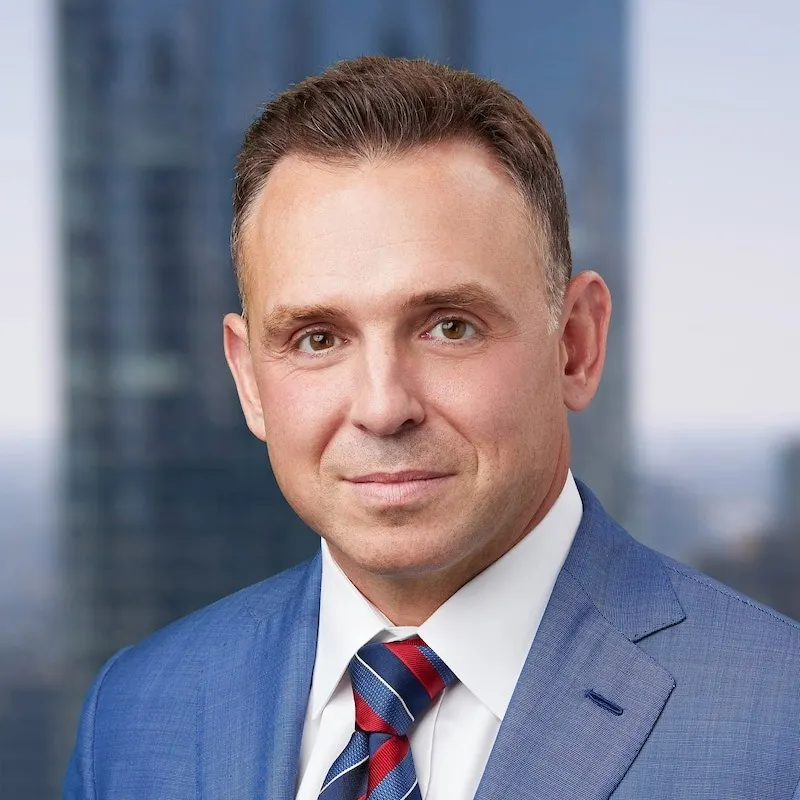
Bonamarte, IV
Read Bio
Since 2005, Michael Bonamarte IV has been a passionate advocate for victims of negligent conduct, corporate malfeasance, and medical malpractice. He has won numerous awards and recognitions, including Best Lawyers in America and Super Lawyers’ Rising Star. He has presented for the American Association for Justice, the AAJ Nursing Home Litigation Group, the John Marshall Law School, and numerous other legal associations. He regularly lectures at Chicago-area aging organizations about nursing home abuse. His writings have been published by the American Bar Association, the Chicago Daily Bulletin, and numerous other prestigious publications.
Related Pages
Notable Results
for failure to properly read pap smears, resulting in the misdiagnosis of cervical cancer and eventual death of a 35-year-old mother of three children.
for failing to biopsy a known breast tumor, resulting in the delay of diagnosis of breast cancer, causing death.
for failing to perform an annual pelvic exam, which resulted in the untimely diagnosis of ovarian cancer.
Contact our Chicago Spastic Cerebral Palsy Lawyer
If your child has been diagnosed with cerebral palsy, you may be eligible to recover substantial compensation, but time is limited.
Contact us today online or call us at (312) 332-2872 to schedule a free consultation with a cerebral palsy lawyer.

Related Blogs

